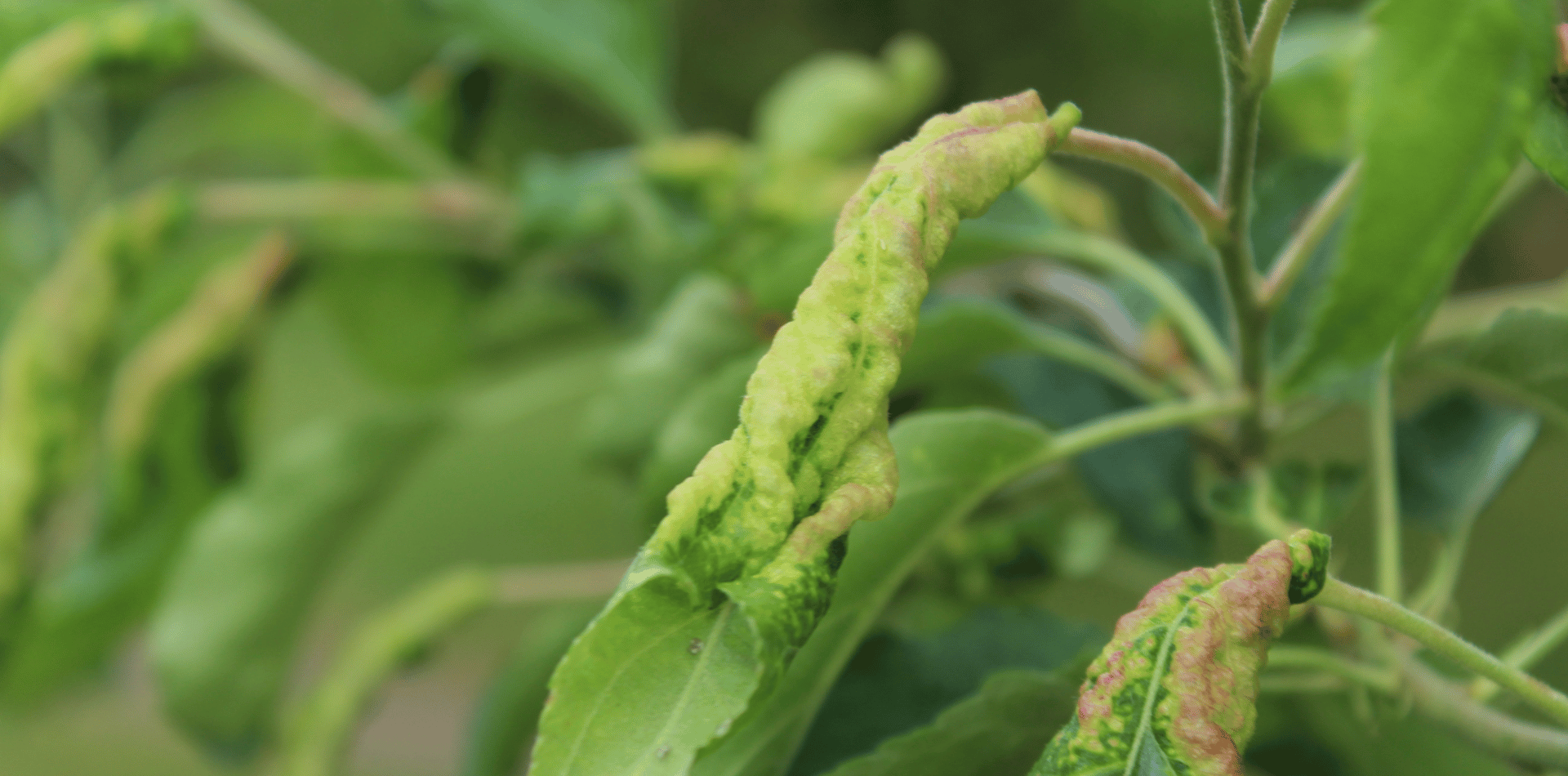Preparing Your Home for the Bushfire Season
Preparing Your Home for the Bushfire Season
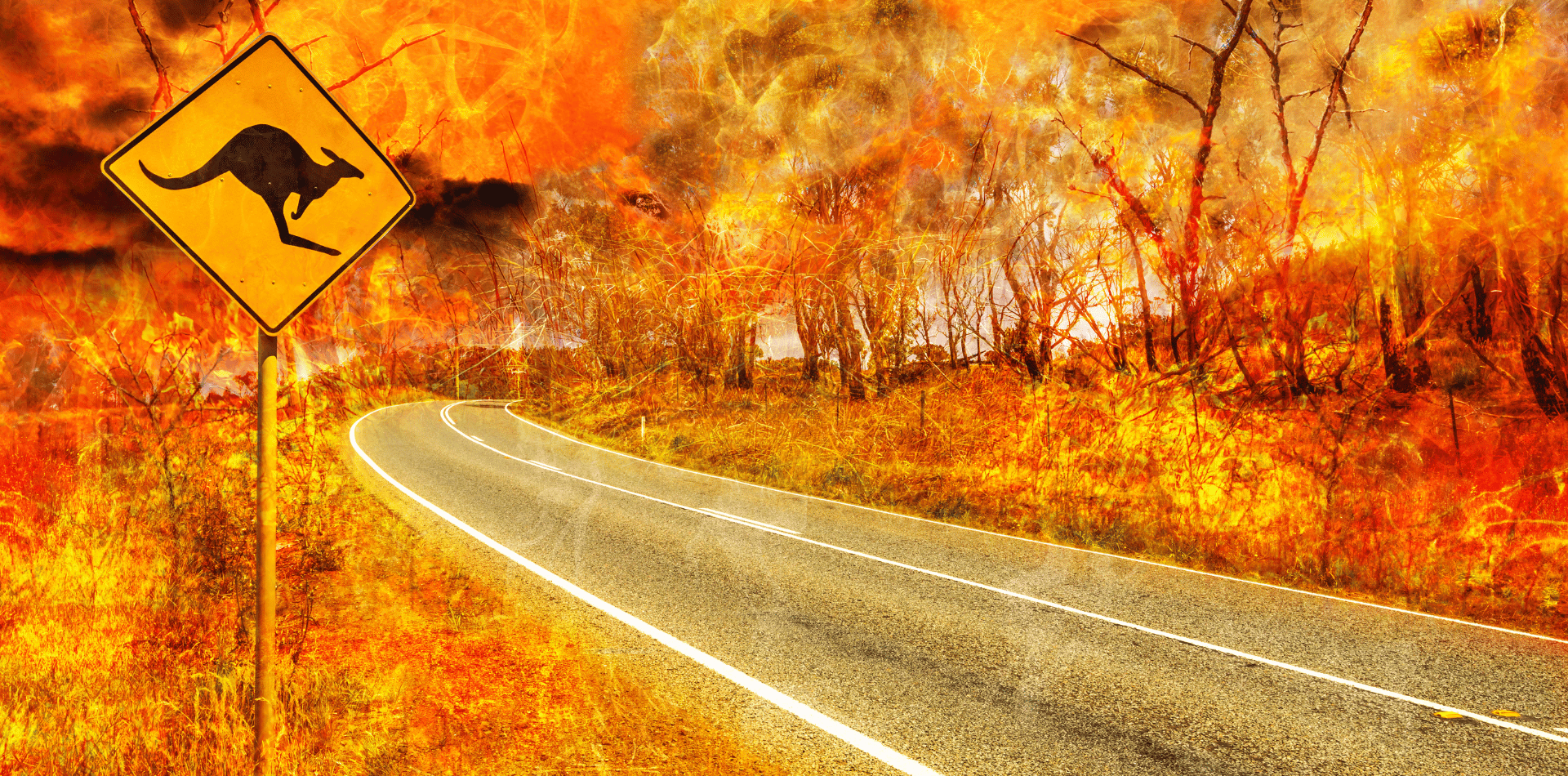
As temperatures soar and the landscape dries, the threat of bushfires becomes a harsh reality for many Australian homeowners.
In recent years, bushfires have increasingly wreaked havoc, destroying homes and even entire communities. Therefore, understanding the risks and preparing your home for the bushfire season is not just advisable, it's essential.
This comprehensive guide aims to equip you with the necessary knowledge and steps to protect your home and family from the devastating effects of bushfires.
Understanding the Risk
The Reality of Bushfires
Bushfires are a natural part of many ecosystems, but they can turn catastrophic quickly.
They often start spontaneously, fueled by hot, dry conditions, and can spread rapidly, leaving destruction in their wake.
Recognising the inevitability and the destructive potential of bushfires is the first step in effective preparation.
Factors Contributing to Bushfire Risk
Understanding the factors that contribute to bushfire risk is crucial in preparing for the season.
These factors include climate conditions, the type and density of vegetation surrounding your property, and the design and materials of your home.
Ignoring these aspects can leave your property more vulnerable to bushfires.
The Basics of Bushfire Preparedness
Assessing Your Home’s Vulnerability
The first step in preparing for bushfires is to assess how vulnerable your home is to potential threats. Consider your home's location, the surrounding landscape, and its construction.
Homes in or near bush areas or those with a lot of dry vegetation are particularly at risk.
Creating a Bushfire Survival Plan
Every household should have a detailed bushfire survival plan in place, well before the fire season begins. This plan should include safe evacuation routes, meeting points, and strategies for protecting your home. Regularly review and practice this plan with all family members.
Understanding Fire Alerts and Warnings
Staying informed about fire alerts and warnings can mean the difference between safety and catastrophe. Familiarise yourself with the local warning systems and sign up for alerts.
Understanding the different levels of warnings can help you make timely decisions during a bushfire event.
Preparing Your Home
Clearing Vegetation and Creating Defensible Space
Creating a buffer zone around your home can significantly reduce the risk of fire damage.
This involves clearing away dry vegetation, dead wood, and other flammable materials. Ideally, maintain a defensible space of at least 30 metres from your home.
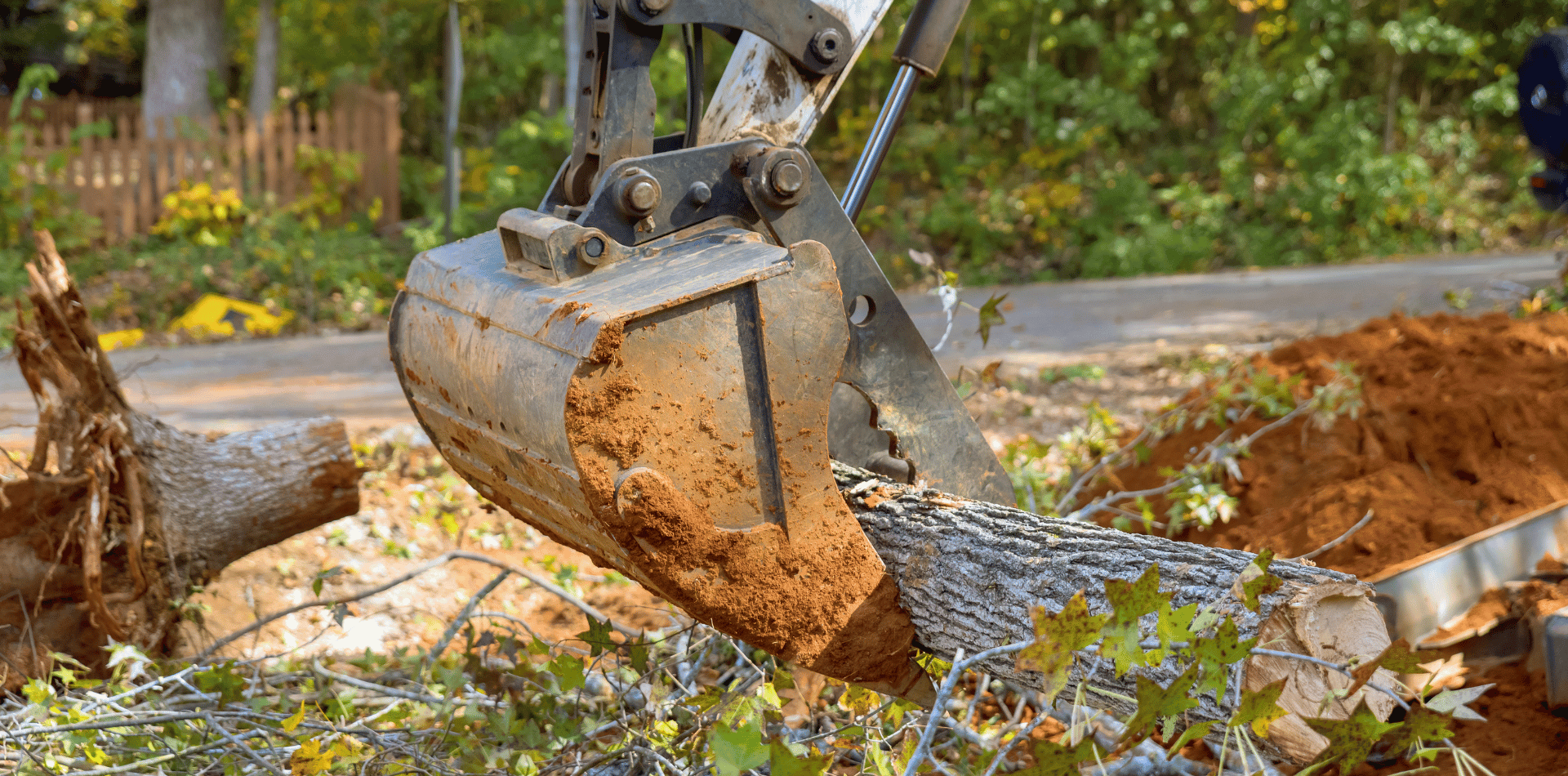
Choosing Fire-Resistant Materials and Designs
When building or renovating, choosing fire-resistant materials can offer an extra layer of protection. Consider materials like brick, metal, or specially treated wood.
Additionally, design features like wide eaves and double-glazed windows can also enhance fire resistance.
Upgrading Windows and Sealing Gaps
Windows and gaps in your home can be vulnerable points during a bushfire.
Consider installing toughened or double-glazed windows to increase resistance.
Also, ensure that all gaps and vents are sealed to prevent ember penetration.
Installing Firefighting Resources
Having firefighting resources at home, like water tanks and pumps, can be a game-changer during an emergency.
Also, ensure that you have hoses that can reach all areas of your property and that all family members know how to use these resources.
Maintaining Your Property
Regular Cleaning and Maintenance
Consistent cleaning and maintenance can drastically reduce the fire risk for your property.
This includes clearing gutters, removing leaf litter, and trimming overhanging branches.
Regular maintenance not only reduces fuel for fires but also enhances your property’s resilience.
Managing Vegetation and Lawn Care
Effective vegetation management is a cornerstone of bushfire preparation.
Keep grass short and well-watered, and consider planting fire-resistant plants. Also, establish firebreaks where necessary to slow or stop the spread of fires.
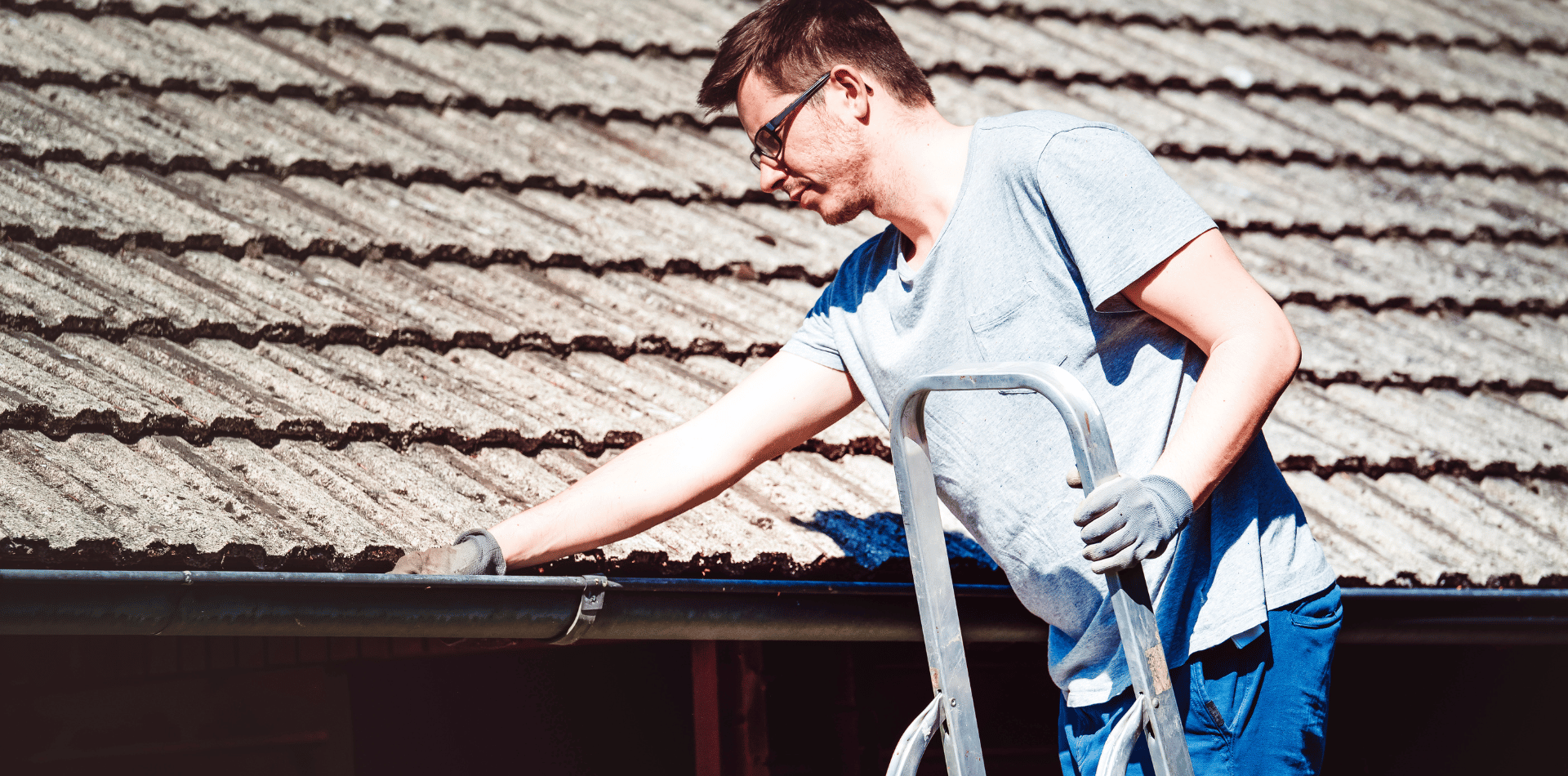
Checking and Repairing Roofing and Gutters
A well-maintained roof and clean gutters are essential for bushfire defense.
Regularly inspect your roof for damages and ensure that gutters are clear of debris.
Installing metal gutter guards can also prevent the accumulation of flammable materials.
Preparing Your Family
Educating Everyone in the Household
Bushfire preparedness is a family affair, and everyone should be educated about the risks and safety measures.
This includes understanding what to do during a bushfire, recognising warning signs, and knowing how to use firefighting resources.

Practicing Evacuation Drills
Regular evacuation drills ensure that in the event of a bushfire, your family knows exactly what to do. Practice different scenarios and make sure everyone knows multiple evacuation routes and meeting points.
Preparing Emergency Kits
Having an emergency kit ready can save precious time when evacuation is necessary.
Your kit should include essential items like water, food, medications, important documents, and clothing. Keep it in an easily accessible location.
Engaging with the Community
Joining Local Fire Awareness Programs
Community engagement can enhance your preparedness and provide valuable support during bushfires. Join local fire awareness programs to stay informed, share resources, and collaborate on community-wide fire prevention strategies.
Sharing Resources and Information
Sharing resources and information can strengthen the entire community's ability to withstand bushfires. Exchange tips, tools, and insights with neighbours.
Strong community ties can be invaluable during emergencies.
Staying Informed and Adapting
Keeping Up with Weather Forecasts and Fire Ratings
Staying informed about weather forecasts and fire ratings is critical during the bushfire season.
Changes in weather can drastically alter fire behaviour. Keeping an eye on forecasts allows you to adapt your plans and take necessary precautions.
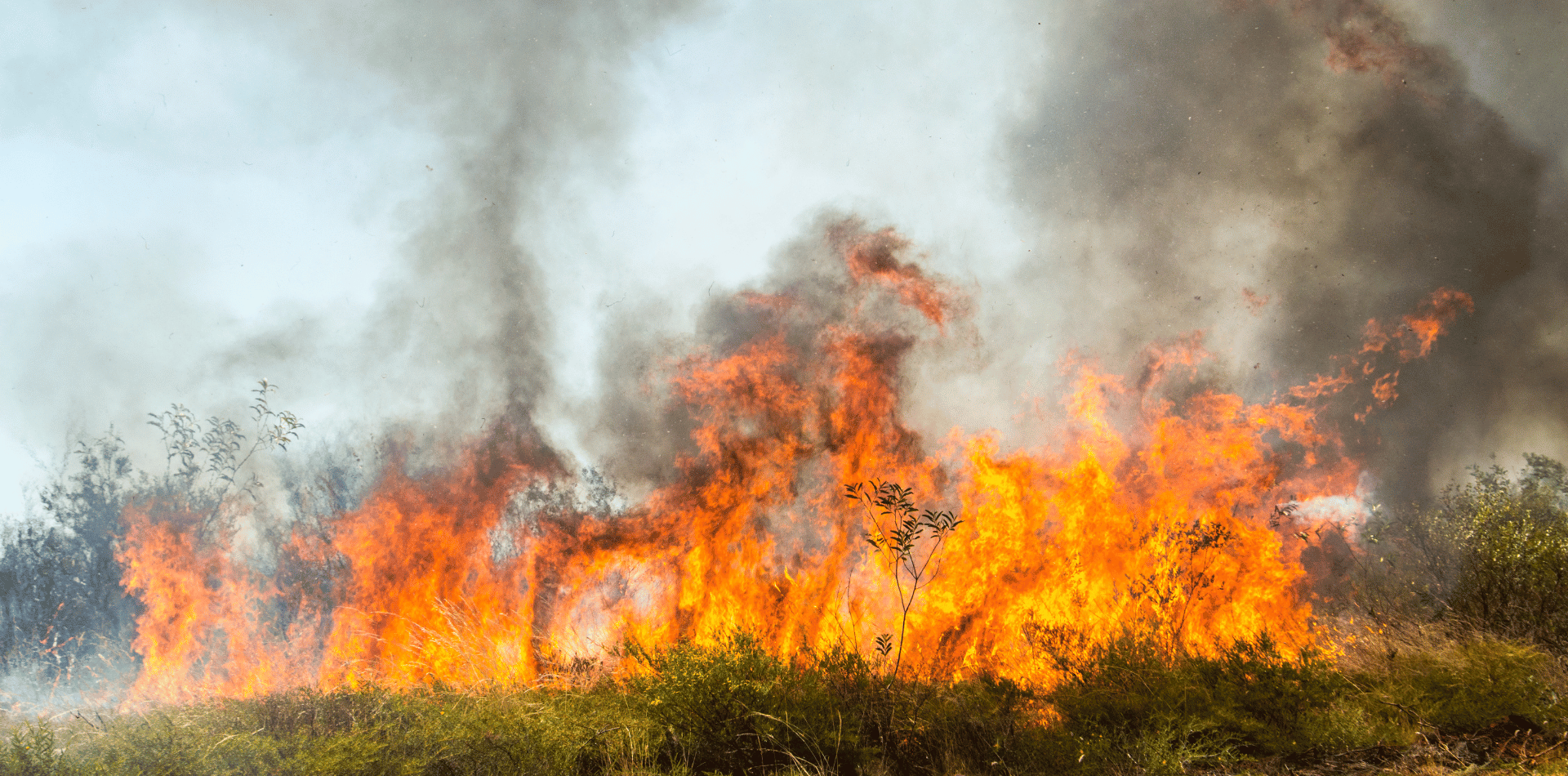
Adapting to Changing Conditions
Flexibility and adaptability are key in responding effectively to the dynamic nature of bushfires.
Be prepared to change your plans based on updated information and changing conditions.
Quick adaptation can significantly enhance your safety.
In Summary
Preparing your home for the bushfire season is a multifaceted task, but with the right knowledge and proactive measures, you can significantly increase the safety of your home and loved ones. Remember, bushfire preparation is an ongoing process that requires attention, maintenance, and adaptation. Stay vigilant, stay informed, and above all, stay safe.
Frequently Asked Questions (FAQ)
Q: How often should I clear vegetation around my property?
A: It’s advisable to clear vegetation and maintain defensible space regularly, especially during the dry season. Conduct thorough checks and clearings at least twice a year.
Q: Can landscaping really make a difference in bushfire defense?
A: Yes, strategic landscaping can significantly reduce the risk. Choose fire-resistant plants and maintain a well-watered and trimmed garden.
Q: What should be included in a bushfire survival plan?
A: A bushfire survival plan should include evacuation routes, emergency contact information, strategies for protecting your home, and procedures for different bushfire scenarios.
Q: Is it worth investing in firefighting equipment for my home?
A: Yes, having basic firefighting equipment like water tanks, pumps, and hoses can be extremely helpful during the initial stages of a bushfire.
Q: How can I stay informed about bushfire threats in my area?
A: Sign up for local alerts, monitor fire service websites and apps, and keep an eye on weather forecasts and fire danger ratings.
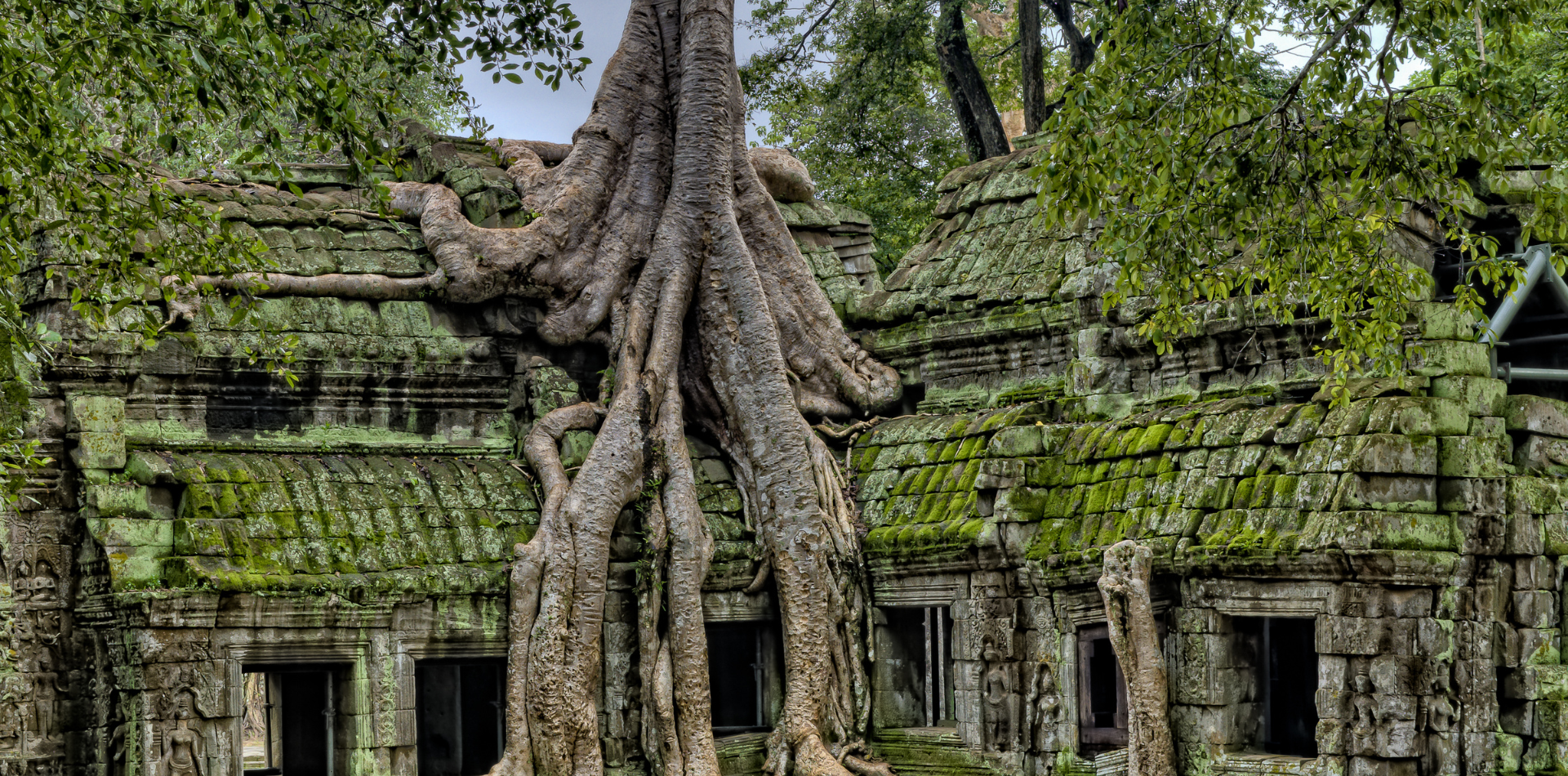

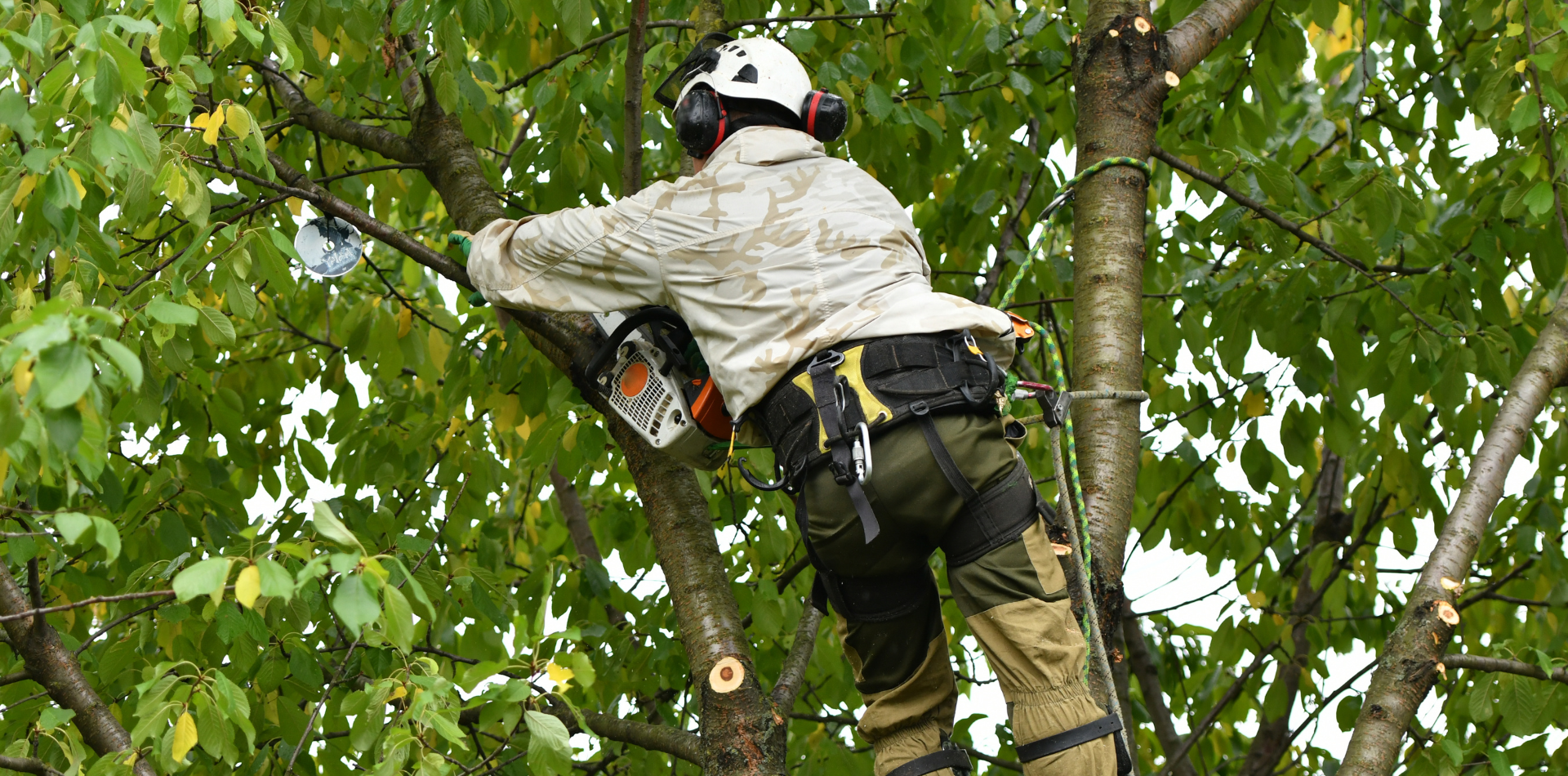
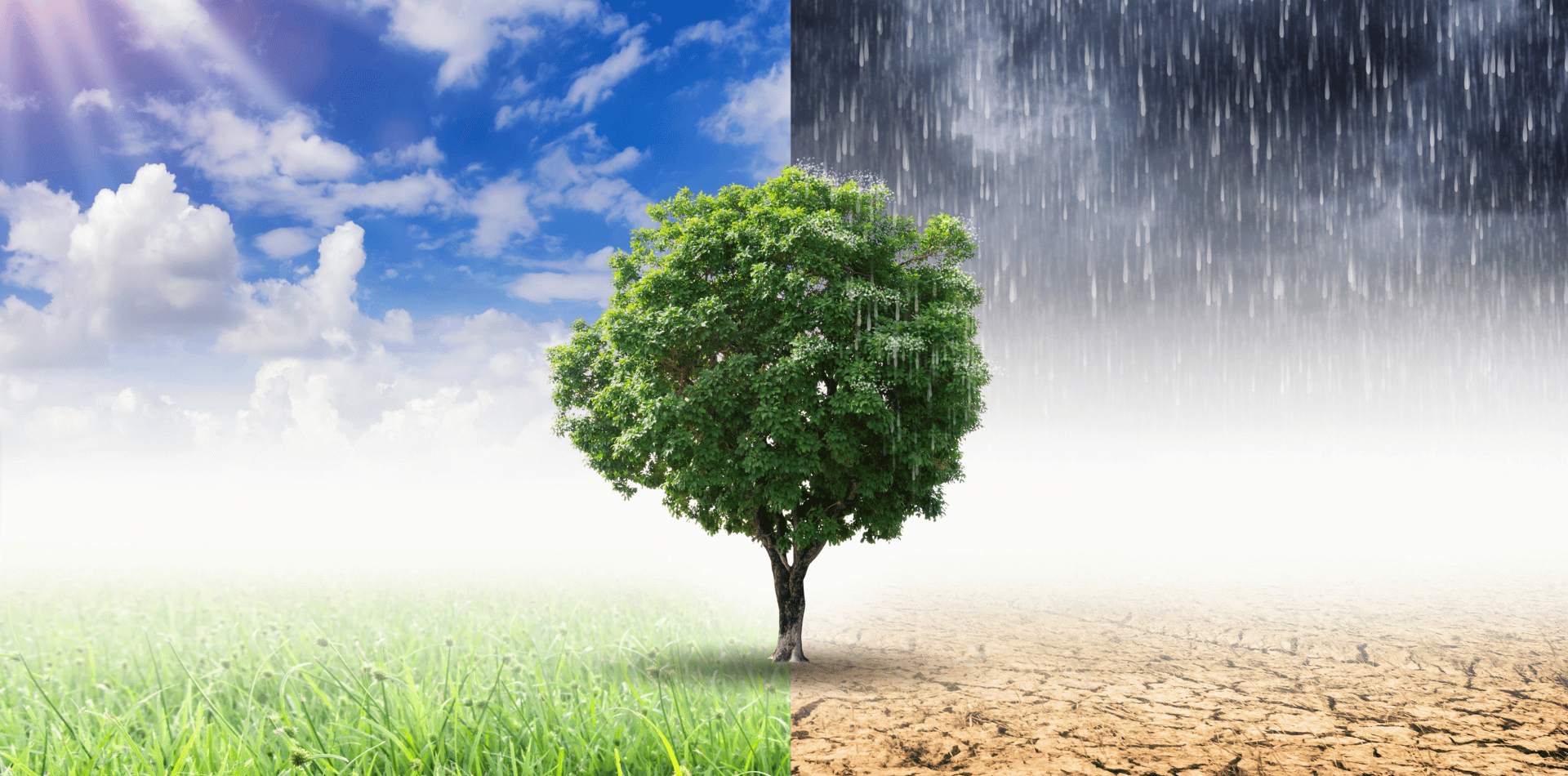
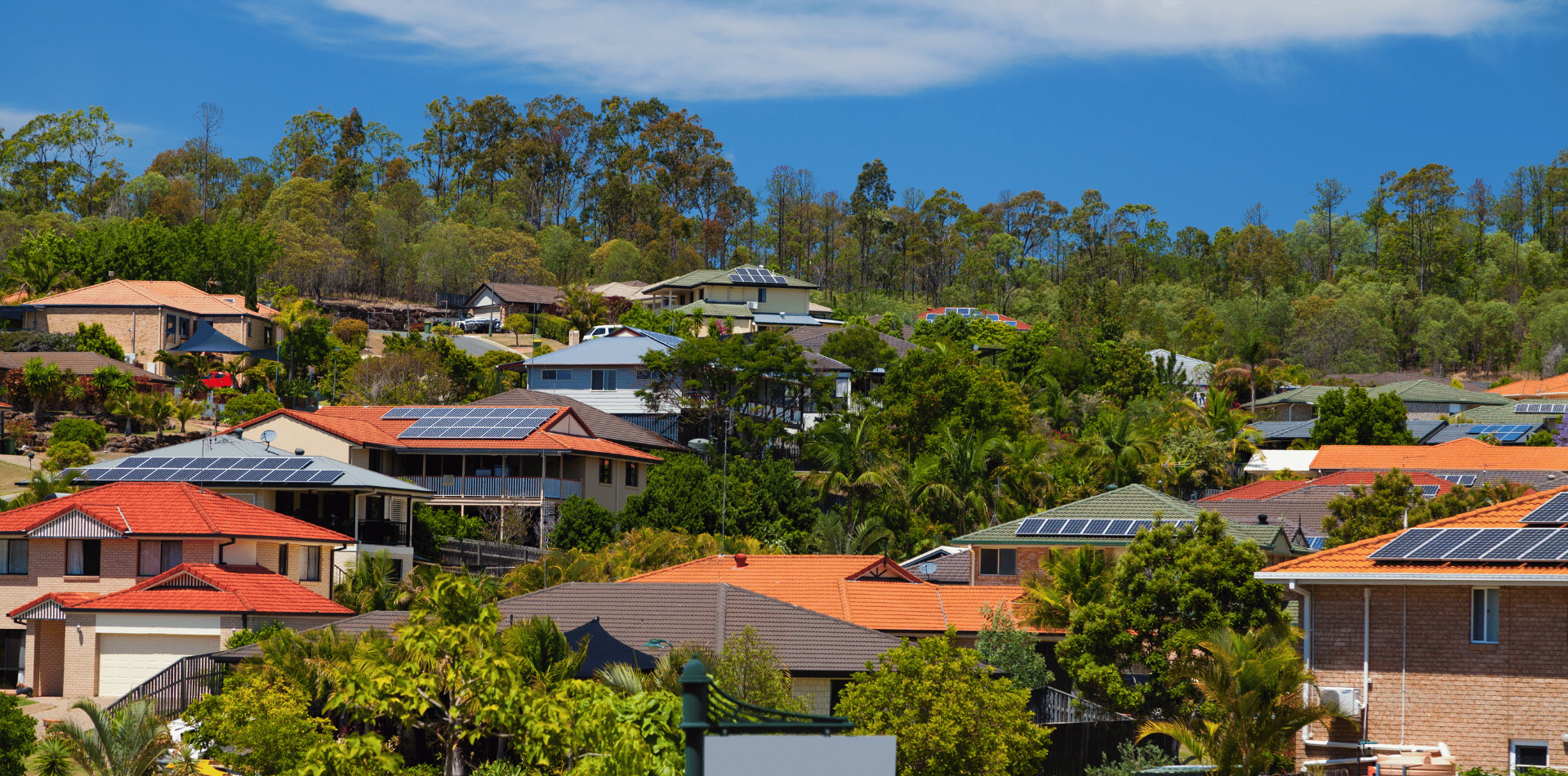
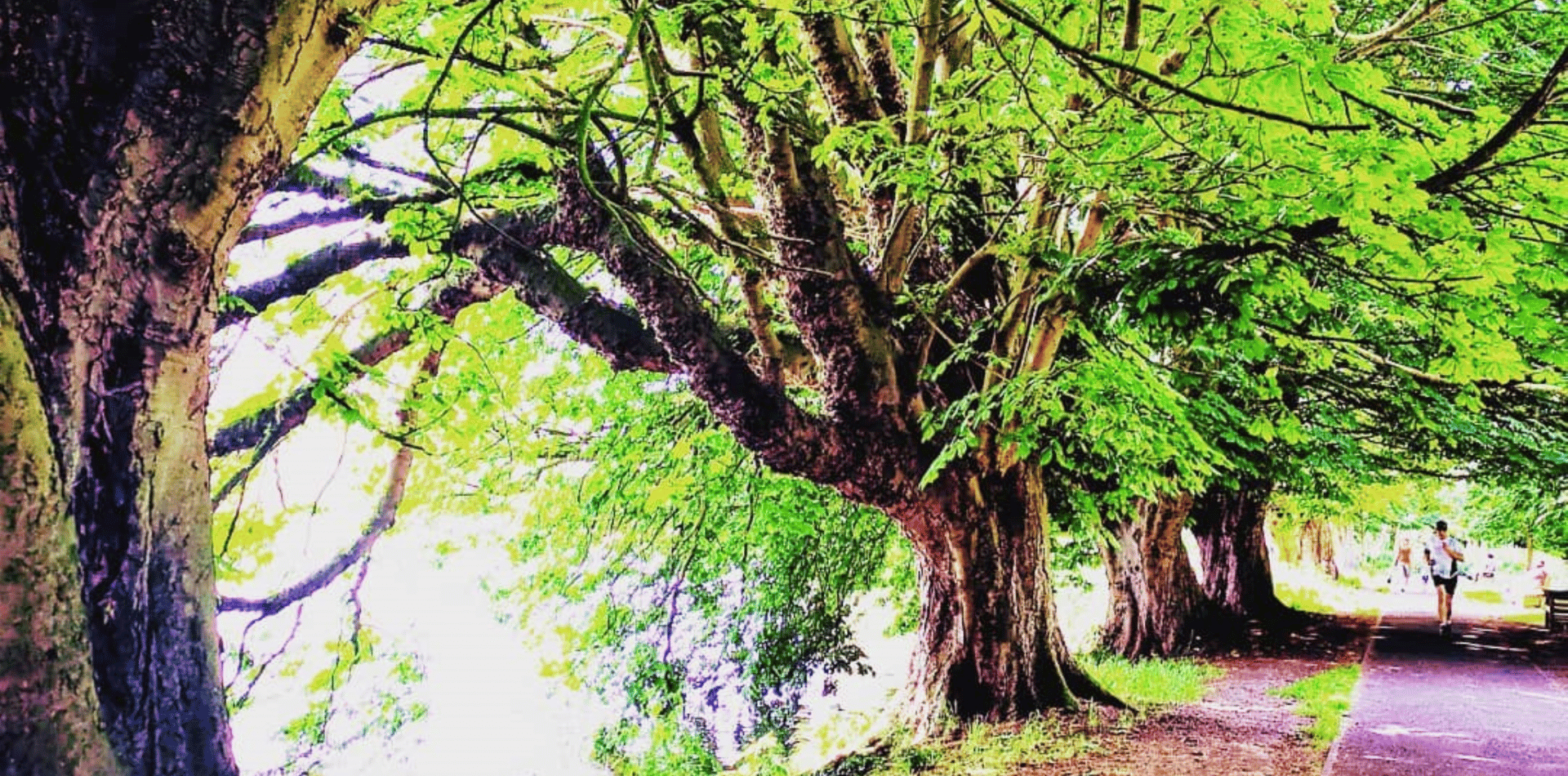
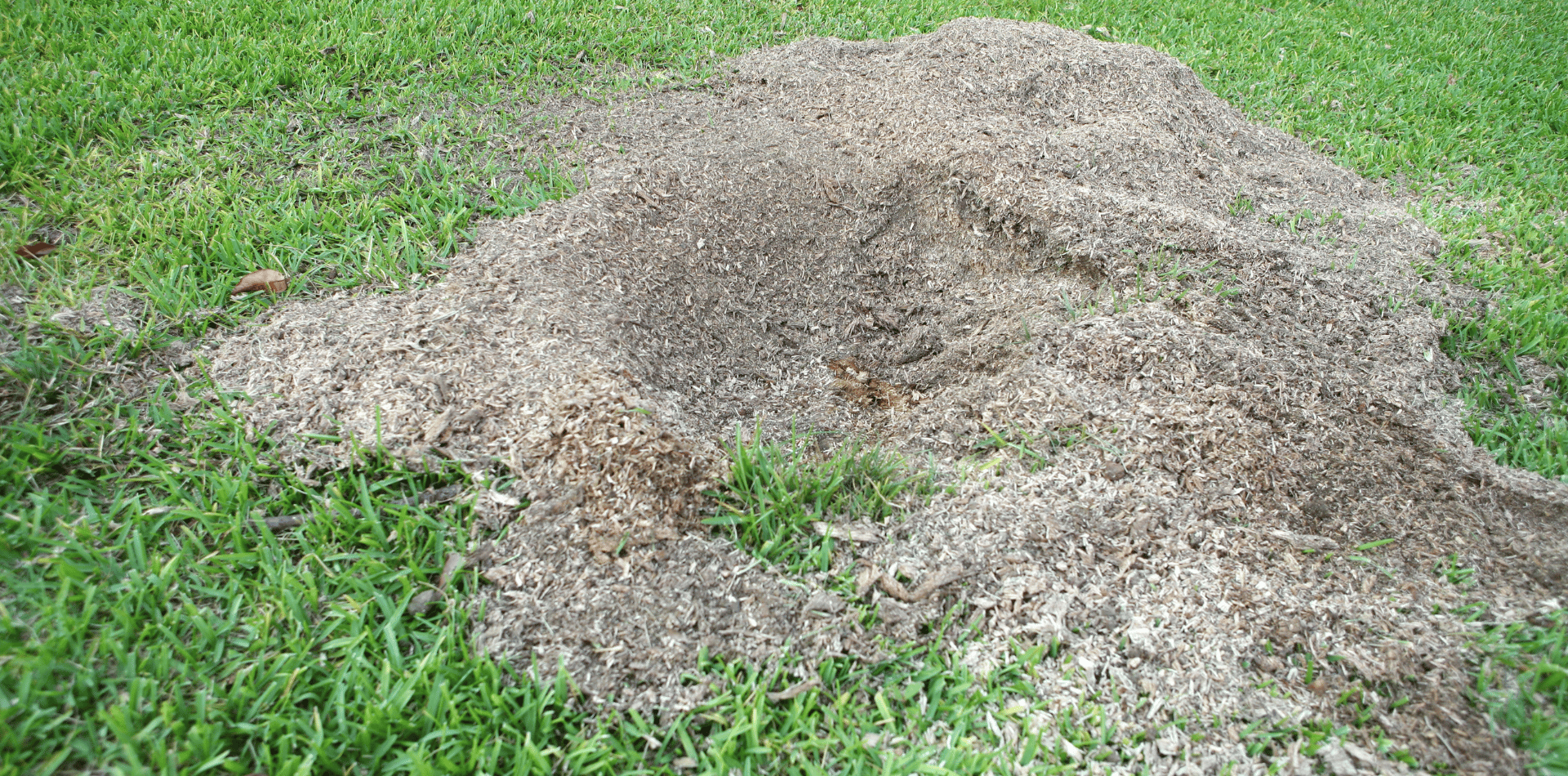
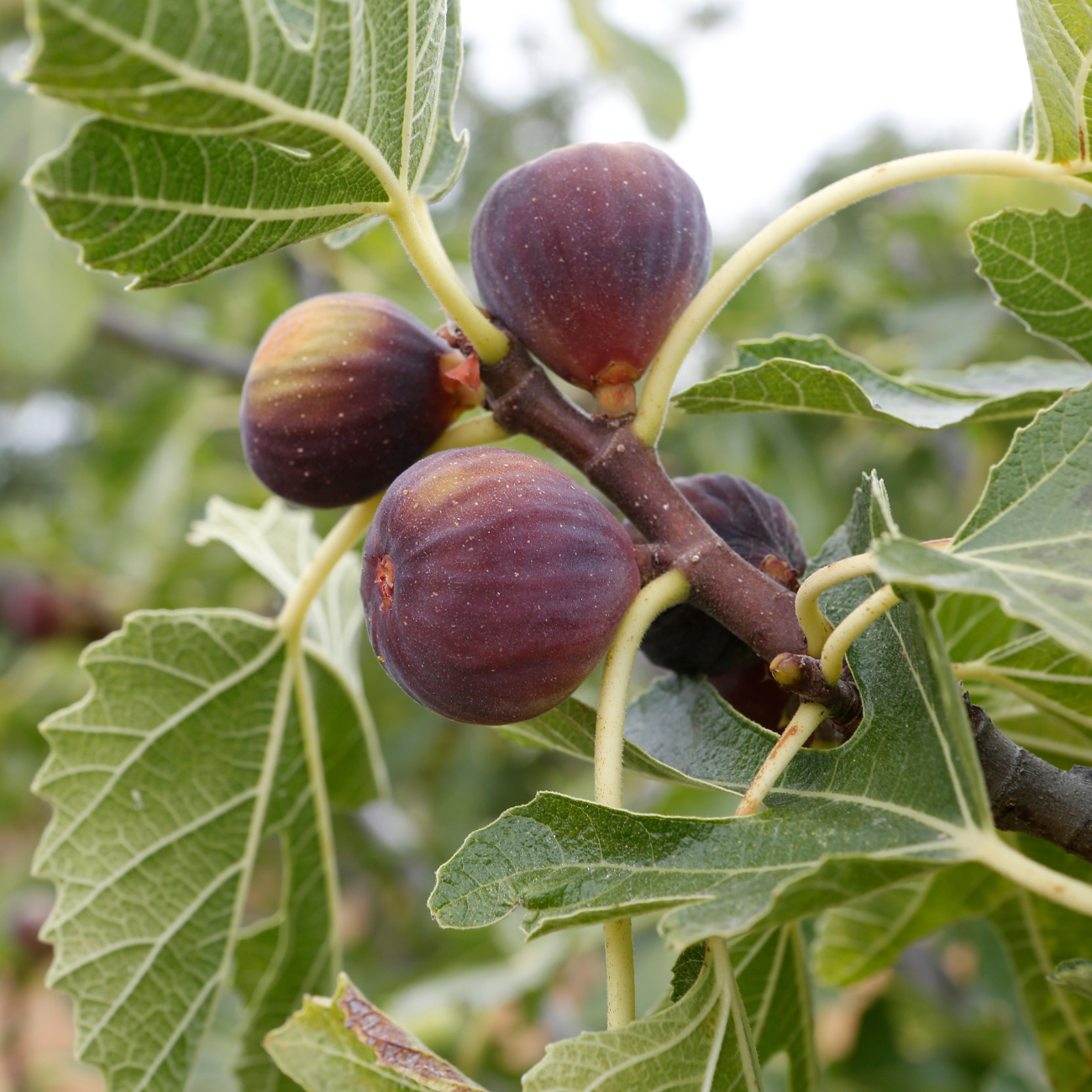

Contact
Kaptol Tree Removal Newcastle
A Member of the Kaptol Group
Powered by Kaptol Media

